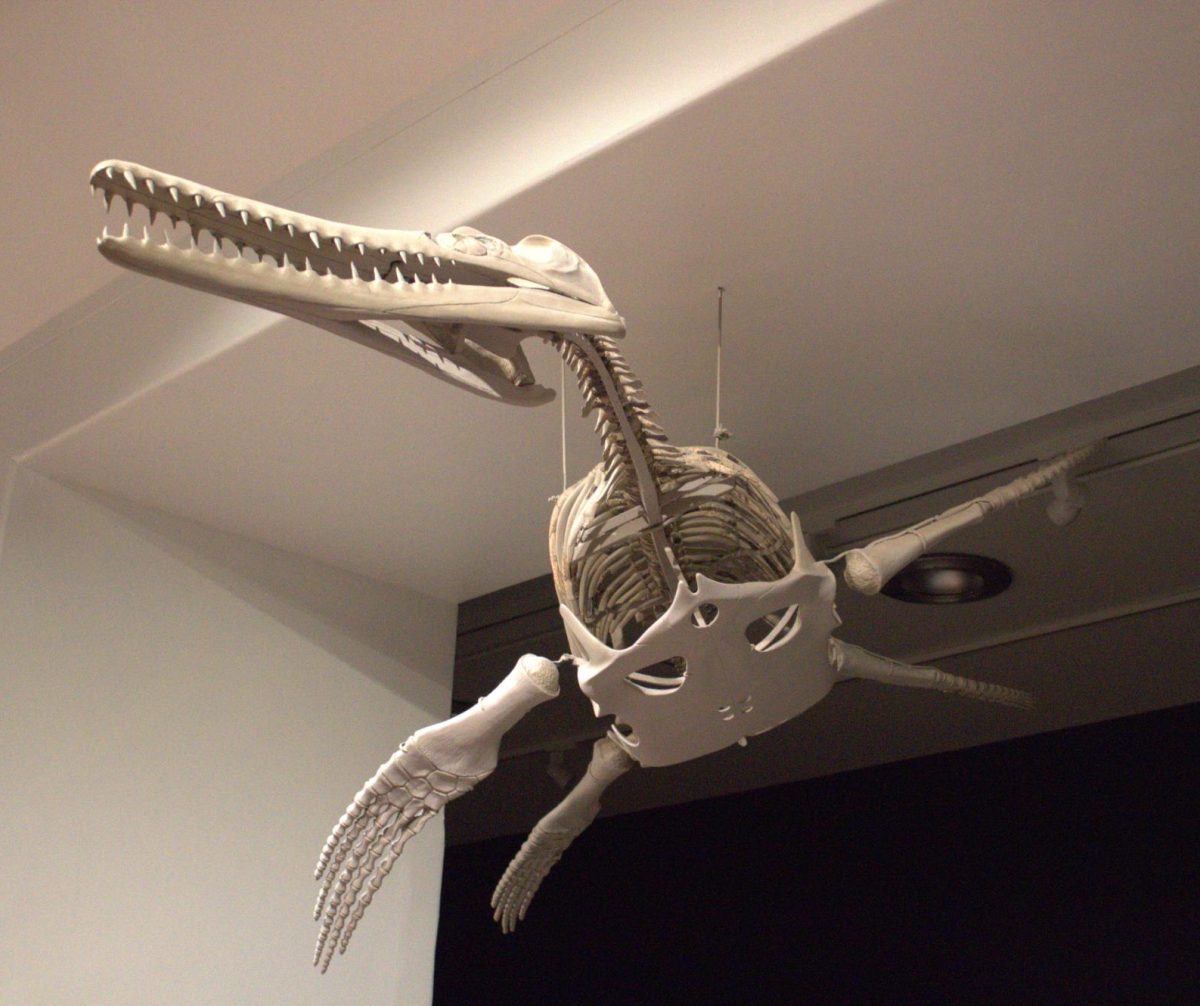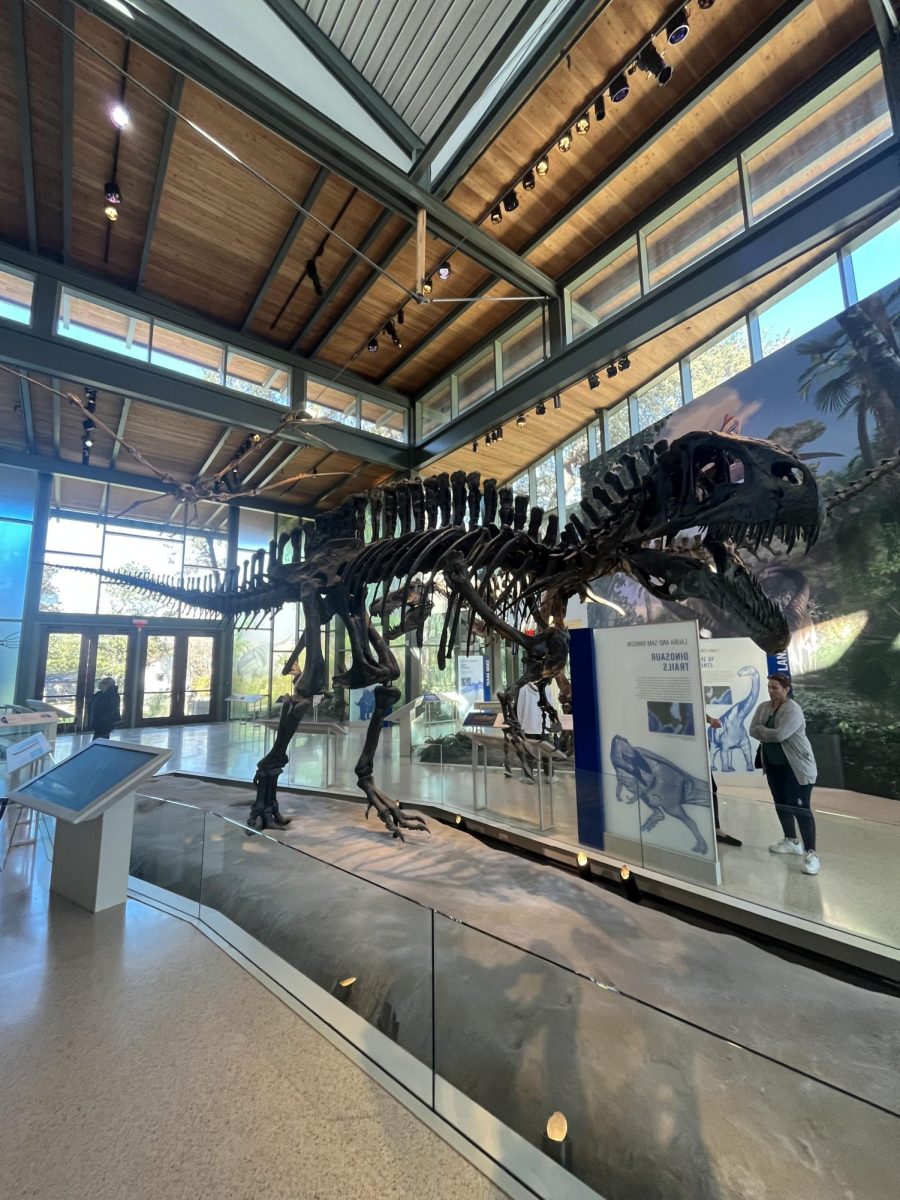
Ancient Texan’s goal is to document extinct species that roamed Texas at one point and give a digestible synopsis for the reader’s enjoyment.
Cooperoceras (meaning “cooper’s horn”) and texanum (after Texas), was a small nautiloid cephalopod from the Permian around 304 to 268 million years ago. Found at Glass Mountain, Texas, and named in 1945, Cooperoceras is a single-species genus.
While its family is quite understudied, the subclass of nautiloids as a whole is very diverse. The giants that are Endoceras and Cameroceras came to lengths of semi-trucks, and many evolved into odd shapes like Cyrtoceras which resemble a crescent moon.
Cooperoceras is pretty small at four inches long and three inches high. But don’t underestimate it, lined along both sides of its shell are long spikes. These most likely were for defense, but some hypothesize they could also mark sexual maturity.
Even though it was found in what many call the Big Bend region, most or all of Texas at some point was underwater during the Permian. So there’s a chance that this spiky cephalopod swam the ancient Austin oceans.










